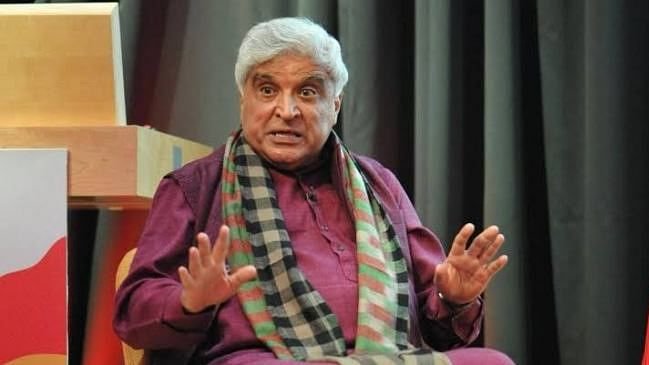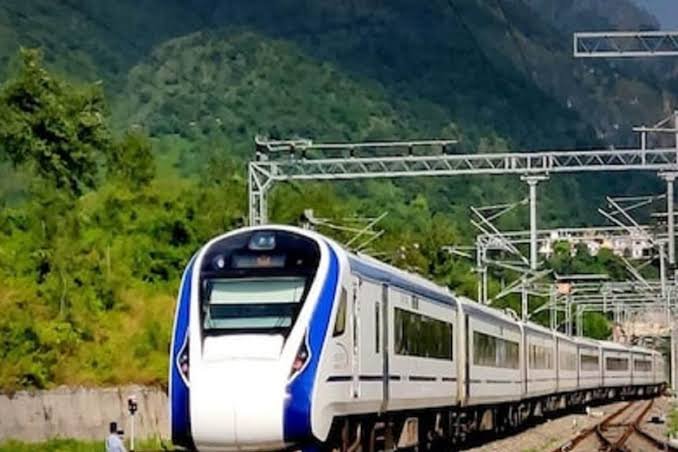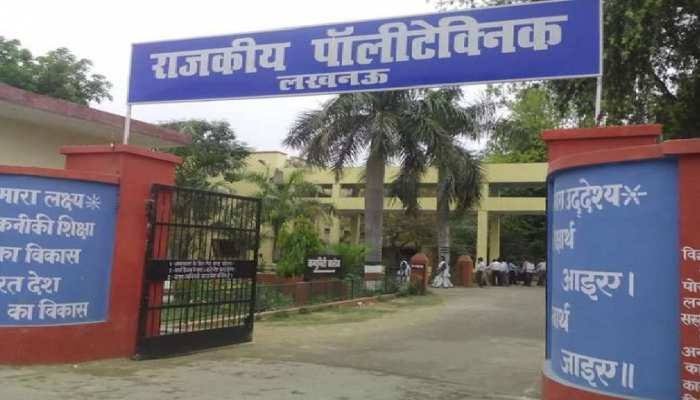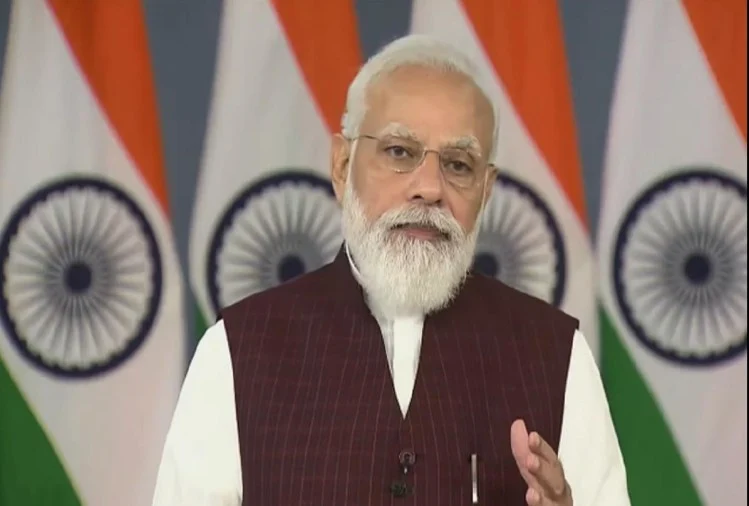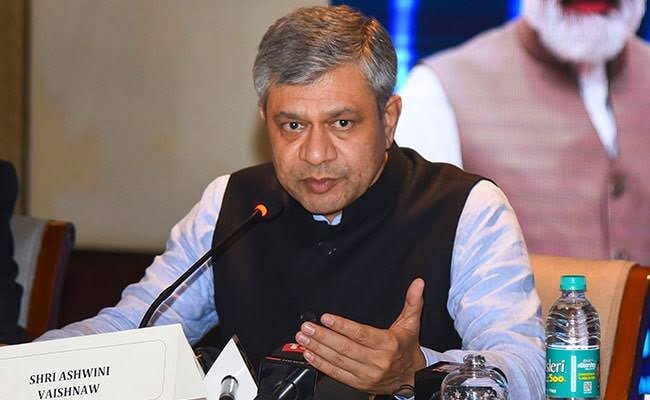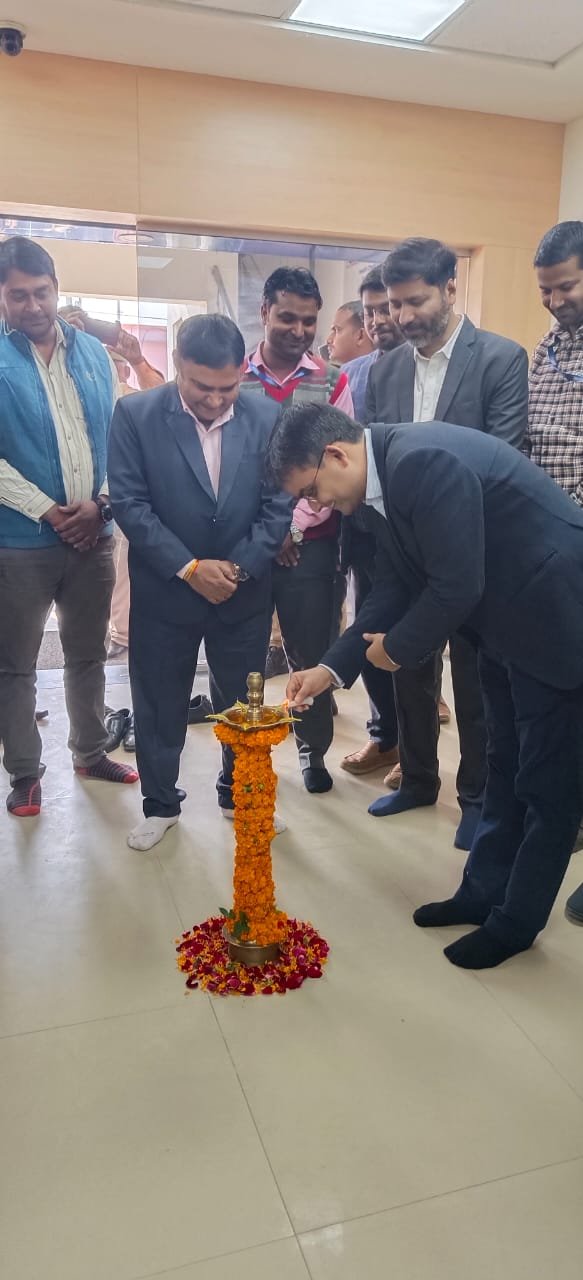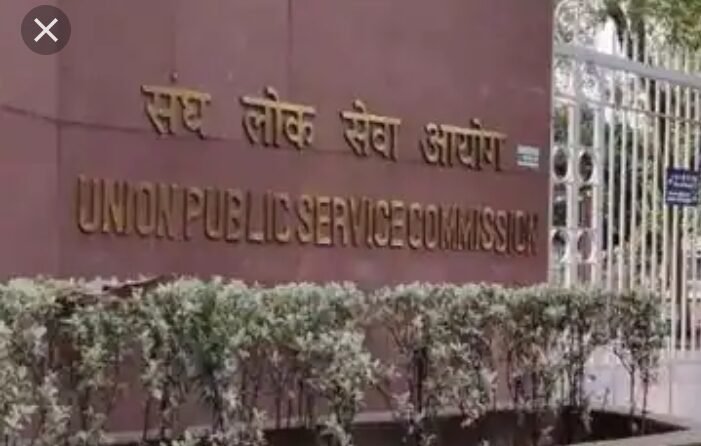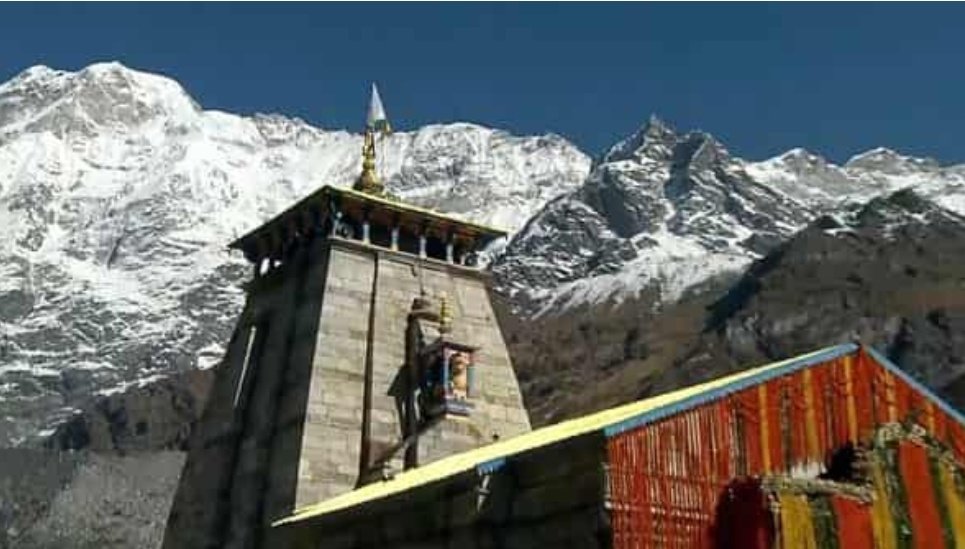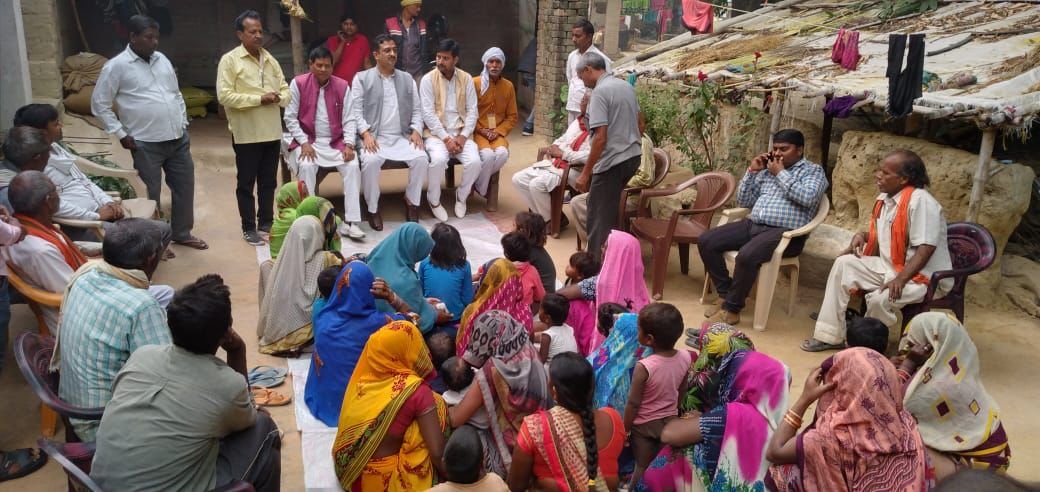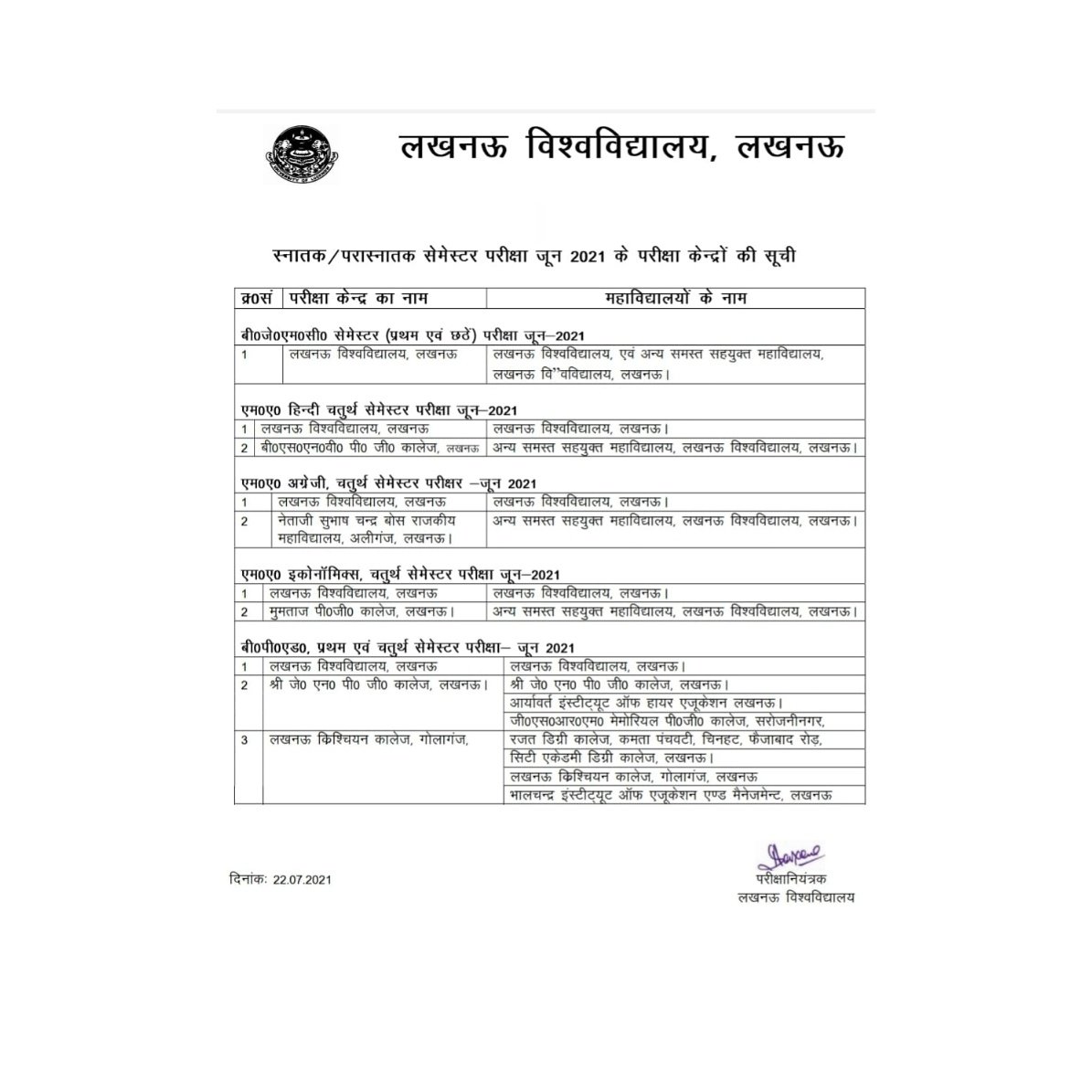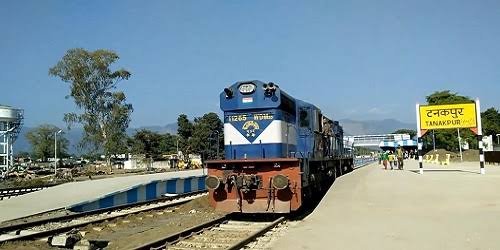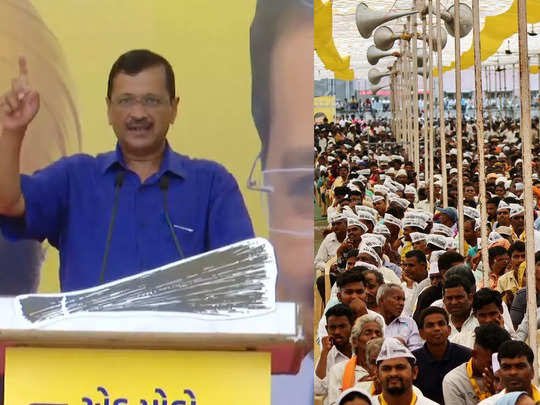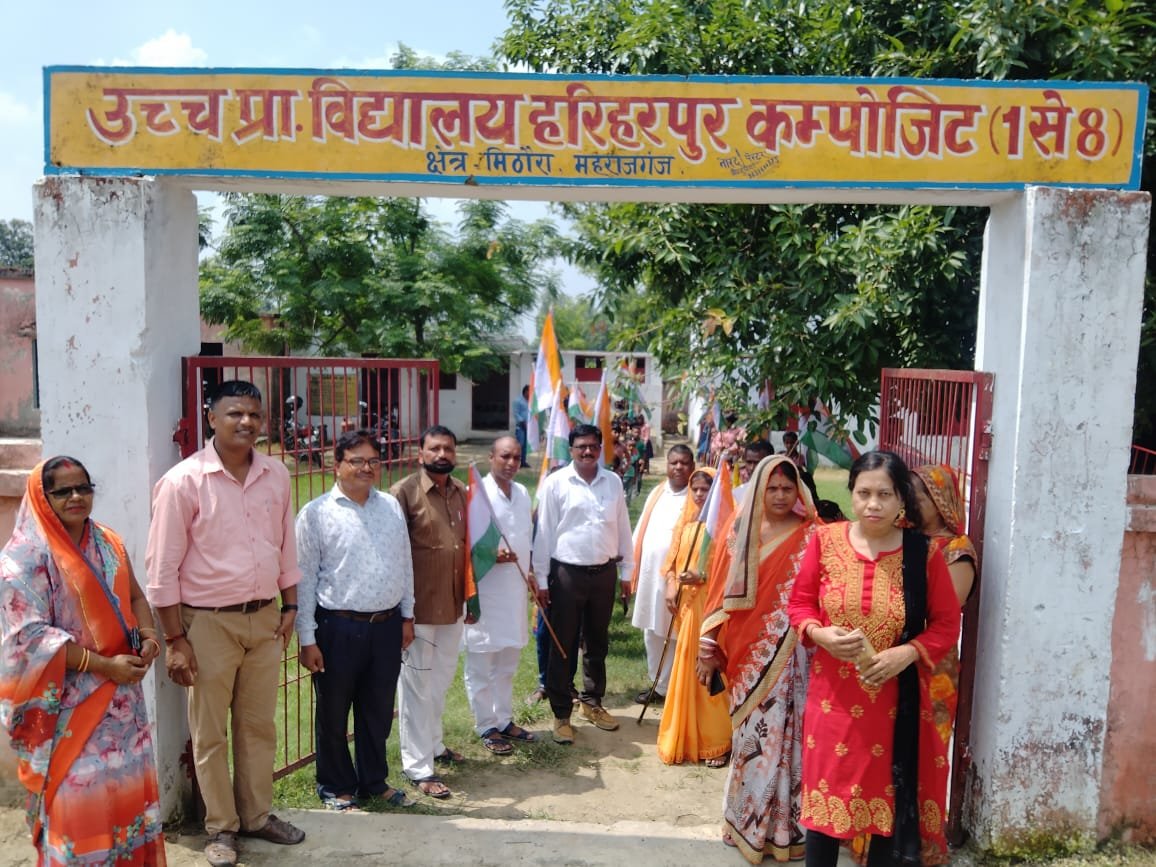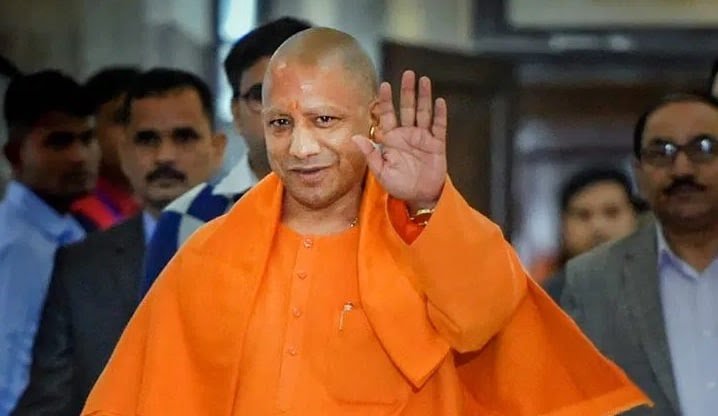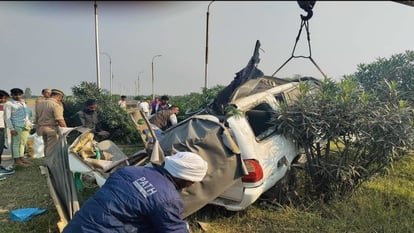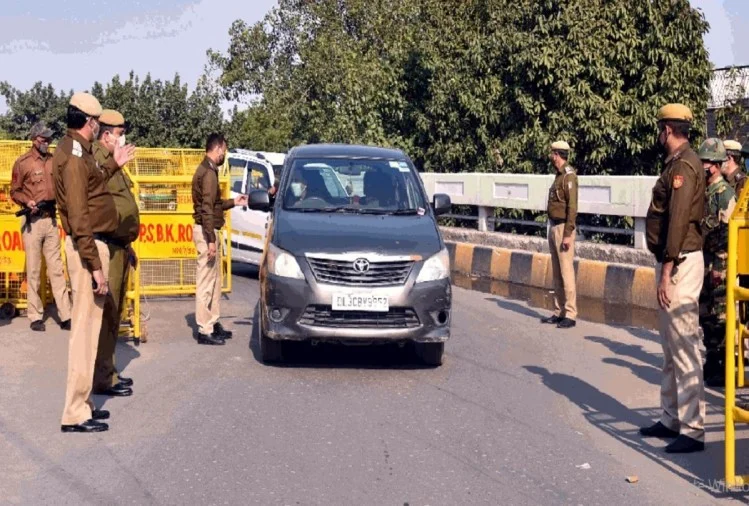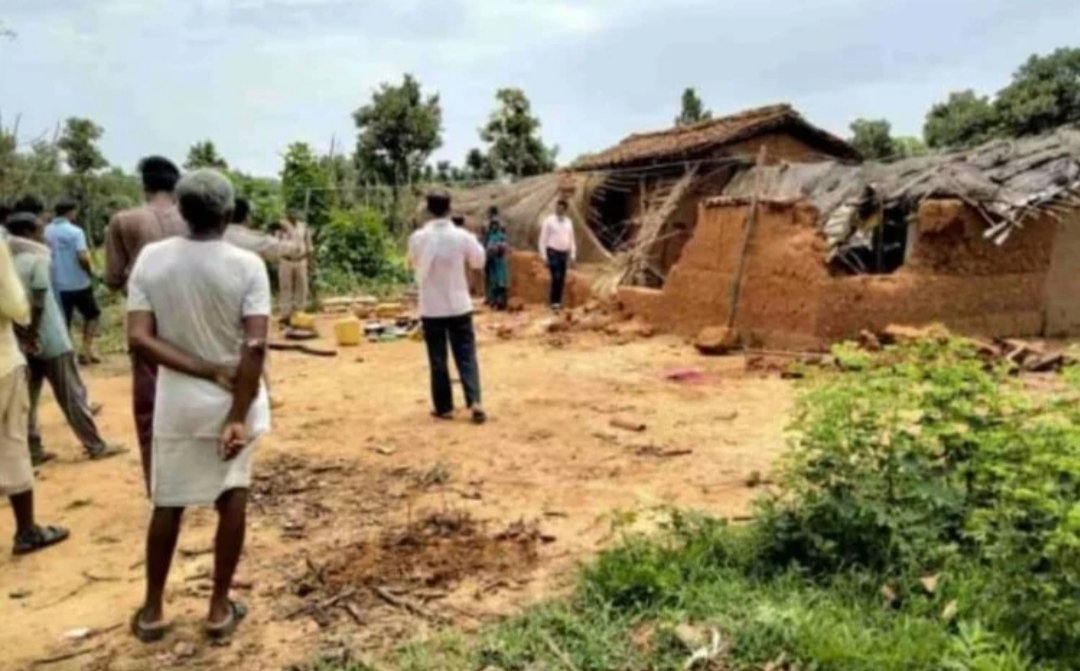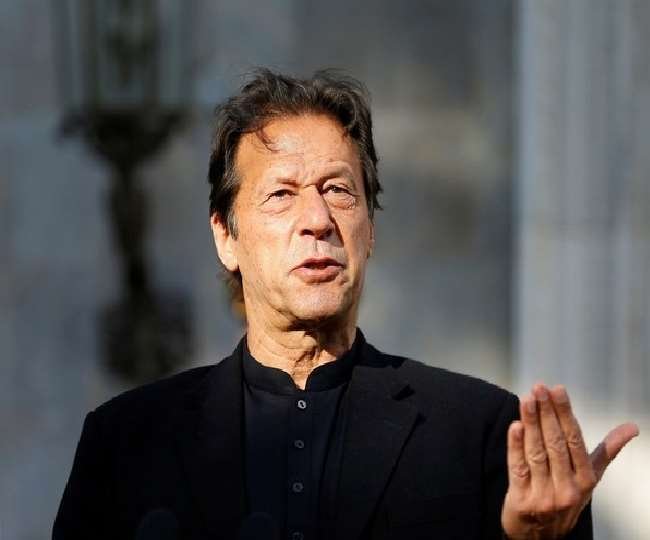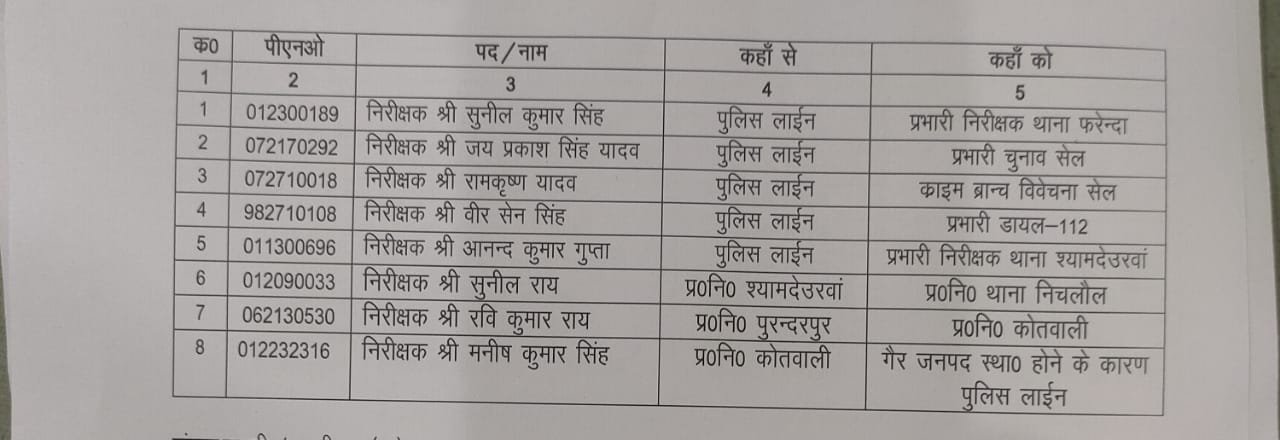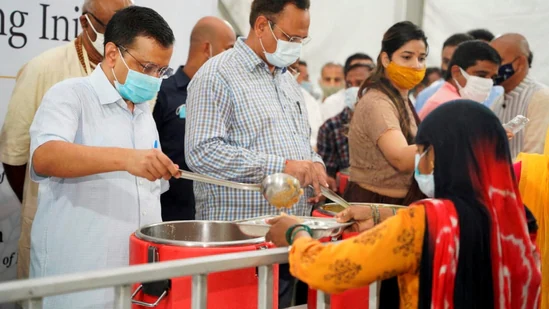In its first official response to a US report on China constructing a large village in a disputed region, India said on Thursday it has never accepted such “illegal occupation” of its territory and will take all steps to safeguard the country’s sovereignty.
The Indian side has stepped up the building of infrastructure, including roads and bridges, in border areas in the wake of China’s construction activities in regions it has illegally occupied over the decades, external affairs ministry spokesperson Arindam Bagchi told a regular news briefing.
Bagchi was responding to a question on a report submitted on November 3 by the US department of defence to the Congress, which said China has built a large 100-home village in disputed territory between the Tibet Autonomous Region and Arunachal Pradesh. The development was first reported by the Indian media in January.
Noting that China has undertaken construction activities in the past several years along border areas, including in areas it has “illegally occupied over the decades”, Bagchi said: “India has neither accepted such illegal occupation of our territory nor has it accepted the unjustified Chinese claims.”
The Indian government has stepped up the creation of border infrastructure, including roads and bridges, which has provided much-needed connectivity to the population along the frontier, he said.
“Government keeps a constant watch on all developments having a bearing on India’s security and takes all the necessary measures to safeguard its sovereignty and territorial integrity,” he added.
The government is committed to the objective of creating infrastructure along border areas to improve the livelihood of citizens, including in Arunachal Pradesh, Bagchi said. At the same time, the government has always conveyed its strong protest to China’s activities through diplomatic means and will continue to do so.
The village and other infrastructure development efforts along the border have been a “source of consternation” for the Indian government, the report said. China has also “attempted to blame India for provoking the standoff through India’s increased infrastructure development near the LAC”, the report added.
“Asserting that its deployments to the LAC were in response to Indian provocation, Beijing has refused to withdraw any forces until India’s forces have withdrawn behind the PRC’s version of the LAC and ceased infrastructure improvements in the area,” the report further said.
The village referred to in the US report is situated on the banks of Tsari Chu river in Upper Subansiri district of Arunachal Pradesh, a region that has long been contested by India and China. After the report was released, people familiar with the matter in India’s security establishment said the village was within territory controlled by China for more than six decades.














































































































































































































































